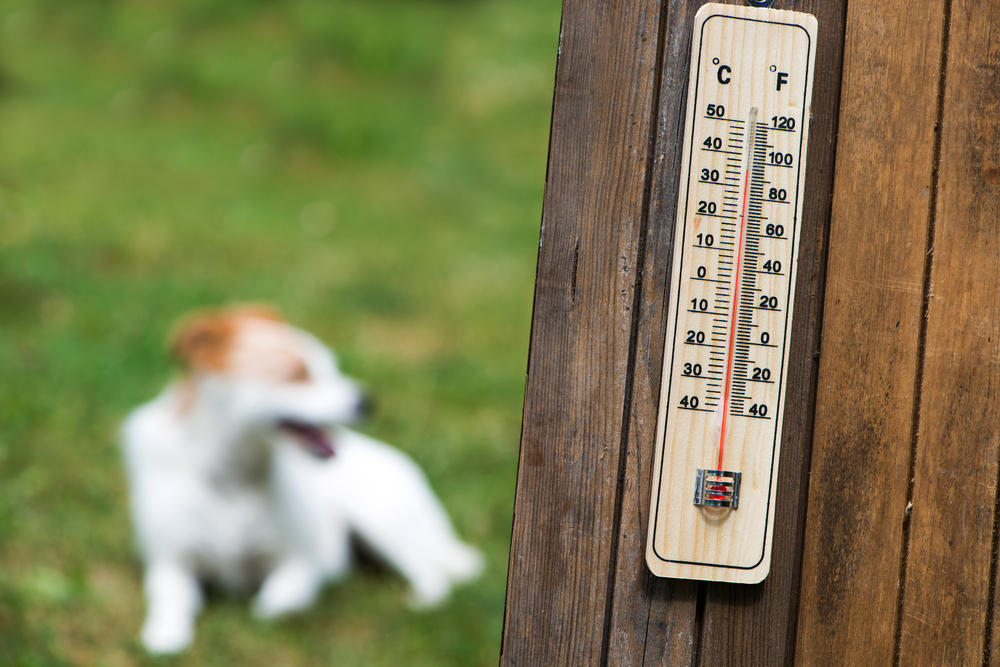AVOIDING HEAT STRESS INJURIES IN JULY
The dog days of summer have arrived. As gardeners, we need to spend time outside tending to our landscape needs. But, this past week was brutally hot and humid. Thank goodness for this past weekend with us having much-needed rainfall and lower temperatures but more heat is on the way. I am not complaining because this is just the way it is for Virginians in July and we have not even reached our traditional hot time of late July and the month of August. So, the big question at hand is how can we enjoy working and gardening outside and stay safe in the heat?
Gardening can be a great way to enjoy the outdoors, get physical activity, and grow our own nutritious vegetables and fruits. But, working in these hot temperatures with a high heat index, like this past week, can be a major health concern.
Here are some tips and thoughts as to what we can do to be outside in the heat and stay safe:
DRESS TO PROTECT
Wear light-colored and lightweight clothing. Light colors reflect heat and sunlight and the combination of lightweight material will help the body maintain a normal temperature. Wear long sleeves, a wide-brimmed hat, sunglasses, and sunscreen with an SPF of 30 or higher. In addition, you may want to use insect repellent containing DEET to protect yourself from mosquitoes and ticks.
STAY HYDRATED
It is important for our bodies to stay hydrated when we are outside in the heat tending to our gardens. The Virginia Department of Health suggests that we drink two to four cups of cold water every hour. We should avoid drinking caffeine, alcohol, and large amounts of sugar. Sodas are not the best choice of liquid. Cold water is the best. Water can help cool the body.
TIMING
If possible, try to schedule your outdoor gardening activities in the early morning or in the evening. Generally, early morning is the coolest part of the day. If you need to be outside for most of the day then take multiple short breaks. Breaks should be in a shaded area or controlled temperature environment.
KNOW YOUR LIMITS IN THE HEAT
Even being out for short periods of time in high temperatures and high heat index can cause heat stress injuries such as heat exhaustion or heat stroke. These types of injuries can occur when the body cannot regulate its temperature. Signs of heat stroke are extremely high body temperature, a rapid pulse, red, hot and dry skin with no visible sweating, a throbbing headache, and dizziness. When you sense any of these symptoms you want to stop work and get out of the sun. You will want to get in the shade or go inside the house to rest and cool down.
DIET
You will want to avoid eating food that is high in protein. Too much protein will increase metabolism, increasing the body heat and water loss.
If you are an avid gardener then you already know that gardening is an excellent way to get physical activity. Personally, I look at gardening as my daily exercise routine. On a daily basis I put in a lot of steps, lifting, and I try to stay “moving” as much as possible. Being active helps raise your breathing and heart rates as well as strengthen your muscles. Active people are less likely than inactive people to be obese or have high blood pressure, type 2 diabetes, depression, and osteoporosis.
Bottom line: we can still enjoy gardening in the summer. We have to!! We have plants to attend to, weeds to pull, and watering to do. At the same time, we need to be smart about our own personal health when it comes to gardening in the summer.

